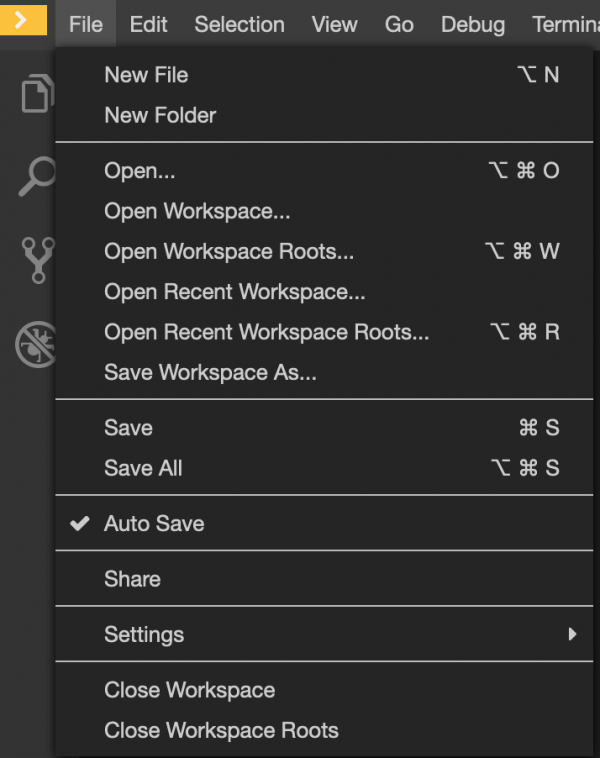Red Hat CodeReady Workspaces 2.4 is now available. For this release, we focused on adding support for IBM Z and improving the IDE editor and configuration elements.
CodeReady Workspaces (CRW) 2.4 is available on Red Hat OpenShift 3.11 and OpenShift 4.4 and higher. CodeReady Workspaces 2.4 is also available on OpenShift Dedicated 4.3 via the add-ons capability.
Note: Based on Eclipse Che, CodeReady Workspaces is an OpenShift-native developer environment that supports cloud-native development.
Support for IBM Z
It is now possible to deploy a CodeReady Workspaces Operator on an OpenShift cluster running on the IBM Z mainframe system. If you are using CodeReady Workspaces on a Windows, macOS, or Linux machine, you can use the CRW command-line interface (CLI), crwctl, for the same purpose.
CodeReady Workspaces does not officially support deployment to disconnected OpenShift clusters on IBM Z. Fewer devfiles and samples are provided for IBM Z, and some languages—like .NET Core—are not supported.
IDE and configuration improvements
With this release, we focused on several improvements to the IDE and configuration.
Switch or close workspaces from the IDE
As shown in Figure 1, you can now use the CodeReady Workspaces IDE to close a running workspace or switch to a different workspace while keeping the current one active:

Support certificates from an OpenShift-trusted CA bundle
When OpenShift is configured with trusted certificate authority (CA)-signed certificates, CodeReady Workspaces automatically processes all of those certificates, along with the ones that are explicitly assigned to it.
Configure with a custom hostname
You can now set the configuration property cheHost in the CheCluster custom resource with a custom hostname value. The custom hostname value is then used for all communication to the CodeReady Workspaces server. You must ensure that the custom resource is configured with a trusted certificate for the custom hostname value.
Support for the .devfile.yaml name format
In your source project folder, you can now include a devfile with the .devfile.yaml or devfile.yaml</ file name format. If it doesn't find any files named devfile.yaml, CodeReady Workspaces automatically searches for files named .devfile.yaml.
Try CodeReady Workspaces 2.4
CodeReady Workspaces 2.4 is available now on OpenShift 3.11 and OpenShift 4.x.
- If you are using OpenShift 3.11, you can find Installation instructions here.
- If you are using OpenShift 4.x, you can install directly from the OpenShift OperatorHub and follow the documentation here.
- If you are using OpenShift 4.x on IBM Z, you can install directly from the OperatorHub and follow the documentation here.
- Download the Red Hat CodeReady Workspaces CLI.
- Visit the CodeReady Workspaces product page.
